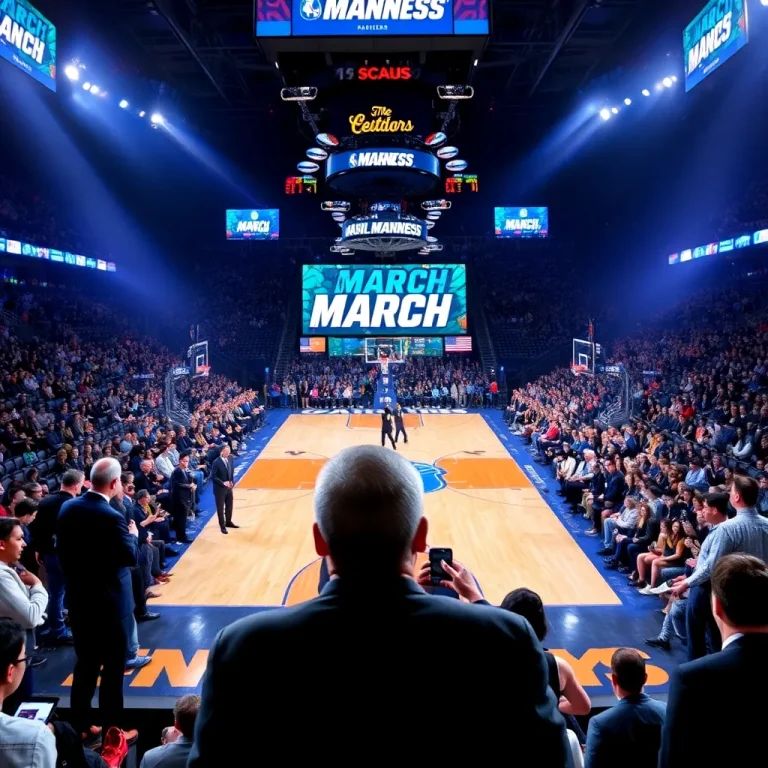NCAA President Advocates for March Madness Expansion
New York City – The excitement surrounding March Madness is palpable this time of year, but NCAA president Charlie Baker is raising some important questions about the future of college basketball. Speaking at an event called The Future of College Basketball at the Empire State Building, Baker expressed his concerns about deserving teams being left out of the highly anticipated tournament.
Baker revealed that he supports the idea of expanding the tournament beyond its current format of 68 teams. While he did not determine whether expansion would happen by the 2026-27 season, he made it clear that he sees a need for change. “One of the reasons I’m interested in expanding the tournament… is, I do think there are teams that didn’t make the tournament that should have,” Baker stated.
In referencing the controversial exclusions from the 2023-24 season, he highlighted the cases of St. John’s, where legendary coach Rick Pitino took the reins, and Indiana State, which finished with a commendable 28-6 record but fell short in the Missouri Valley tournament. “I’ve seen a bunch of stories about how there aren’t any worthy schools that are left out,” Baker said, adding that he strongly disagrees with that notion.
The idea of expanding March Madness has been discussed for years, but Baker’s comments add fuel to the conversation. NCAA vice president of men’s basketball, Dan Gavitt, has been collaborating with television partners to explore the possibility of growing the tournament format. Current broadcasting contracts are lucrative, making around a billion dollars per year, but there would need to be new revenue streams to cover the costs associated with expanding the tournament.
Craig Robinson, an executive director of the National Association of Basketball Coaches, noted that opinions about expansion are mixed among coaches, with some favoring it while others remain cautious. Leaders of major conferences, such as the ACC and Big Ten, generally support expansion, likely because they believe it would favor their chance to earn additional at-large bids. In contrast, smaller conferences worry about maintaining their access and the financial incentives tied to the tournament.
Baker emphasized the need to protect automatic qualifiers while reconsidering the structure of the tournament. With each of the 32 Division I conferences guaranteed at least one spot in the current format, any potential changes must be balanced with the interests of all involved. One proposed plan includes introducing a 24-team opening round, creating even more opportunities for teams to compete for a spot in the main bracket.
As discussions about the future of March Madness continue, fans, players, and coaches alike will be watching closely to see how the NCAA navigates these important changes to a beloved American tradition.


